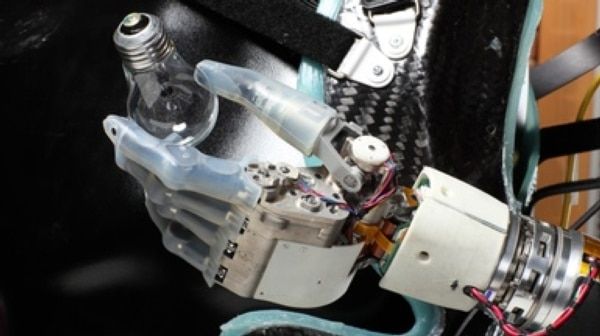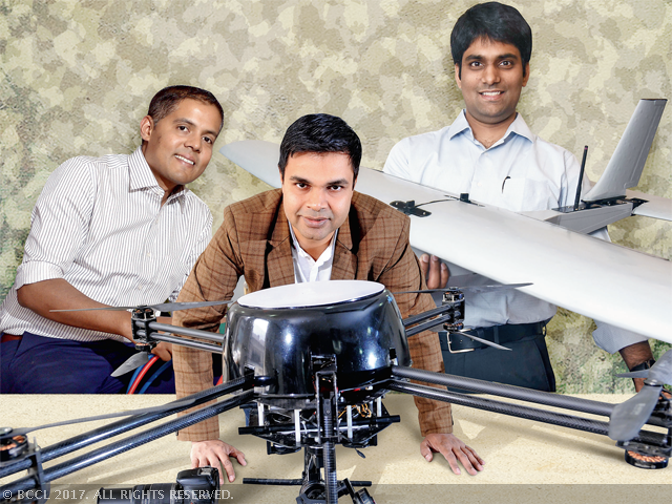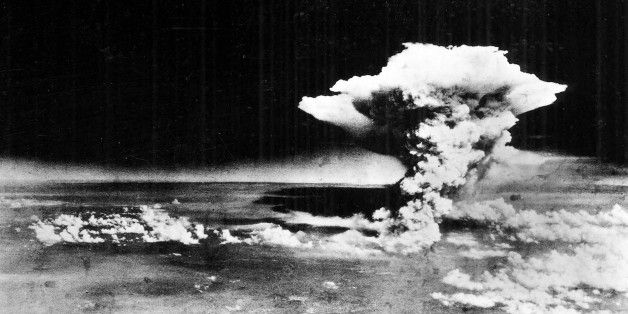Navy test #scifi drone swarm attack horde — video of sci-fi come to life once more!



This is one of those situations that I often get conflicted over. Yes, it’s good to keep people safe; however, at what cost is too much? As, one person’s interpretation of a bad web site is not the same for others. Such as when Nelson Mandela led the whole anti-apartheid movement he was considered then a terrorist. And, the 1960s when Dr. King fought for real equal rights for all people; he was deemed by US government a terrorist. And, neither one of these situations where anything like ISIS today. So, it is a very tricky situation; and hope the courts can help us ensure things are legally done the right way.
DARPA is soliciting software that distinguishes between anti-American slogans and true intent to kill on a global scale.



The Pentagon’s research division is betting its high-risk, high-reward programs will change medicine.
Kind of spooky.
Technological advances in weaponry have increased exponentially over the years, however, this newest advancement tops the cake. The Defense Advanced Research Projects Agency’s (DARPA) self-guiding bullet could benefit both expert shooters and those who could use improvement.

For example, the market for hemostats in defence and civil forces alone is 2 crore units. While some startups have got some funding to fuel their expansion plans, not all investors may be keen to back companies targeting the defence market.
“Since the cost of failure is really high in this industry, one needs to invest significant time and effort to ensure development of a world-class product,” says Bhaniramka of the GIS solutions vendor VizExperts.
“This results in higher gestation periods, which typical investors shy away from.” Instead, he and other entrepreneurs argue, longer term investors may be more suited to this field. “This is where the government’s role in supporting innovative technology companies can be a game changer.”

Is it possible to kill bacteria with bacteria?
This is the unorthodox question posed by a team of researchers funded by the Defense Advanced Research Projects Agency (DARPA)—a research and development organization within the U.S. Department of Defense—that is exploring whether an unusual type of bacteria that eats other bacteria could be a new weapon in the fight against drug-resistant infections.
Known as the Pathogen Predator program, the DARPA initiative (led by Dr. Barry Pallotta) is part of a growing effort to seek new and innovative ways to defeat drug-resistant superbugs, which are rapidly evolving to beat even our most powerful antibiotics.

Has anyone besides NSA, NIST, DARPA, IARPA, etc. realize and thought about what type of cyber warfare will exist in a QC world? The skillsets alone will be so far advance than the techies that we have seen in most companies today as well as in most government agencies. Granted we’re simplifying things with the platform; however, skillsets will still need to be more advance than what we have seen with the standard techie.
Members of the cryptography community have expressed interest in the National Institute of Standards and Technology’s (NIST) recent call for an algorithm less susceptible to hacks from a computer that does not exist yet.
NIST announced a call for proposals for post-quantum cryptography standardization on Dec. 20. One or more of the proposed algorithms will ultimately replace some of NIST’s cryptographic standards that are most vulnerable to quantum computers. According to Dustin Moody, a mathematician at NIST, 40 people have joined the agency’s online cryptography forum since the call was announced two weeks ago. The forum had about 200 members before the call went out. Moody said that many people were anticipating the announcement, as cryptography enthusiasts tend to run in the same circles.
“Most people who are interested in the field already knew about it,” Moody said. “The call wasn’t a surprise.”

The non-nuclear weapons states must resist that pressure, and continue their historic efforts to protect humanity from the grave threat posed by nuclear weapons. And the citizens of nuclear weapons states must hold their governments accountable for their unconscionable refusal to meet their treaty obligations and negotiate the elimination of these weapons, which are the greatest threat to the security of all peoples throughout the world.
The United Nations has the opportunity to take a major step toward the elimination of nuclear weapons. It is an opportunity that must not be lost.
More than four decades ago, the nations with nuclear arsenals and the world’s non-nuclear states entered into the Nuclear Non-Proliferation Treaty (NPT); the nuclear states — the US, Russia, UK, France and China — pledged that if the states that did not have nuclear weapons agreed not to develop them, they would enter into good-faith negotiations toward the elimination of their nuclear arsenals. During the ensuing years, the three nations that did not sign the NPT — namely India, Pakistan, and Israel — developed nuclear weapons. All of the non-nuclear weapons states that signed the treaty except North Korea have kept their pledge.
Unfortunately, the nuclear powers have not kept their part of the bargain. While the US and Russia have dismantled many of their nuclear weapons since the end of the Cold War, they retain thousands of them, enough to destroy the world many times over.
In Brief DARPA has created self-steering bullets which use a real-time optical guidance system to hit both moving and accelerating targets with high accuracy.
You may have seen the movie Wanted. Sure, the movie was almost unrecognizable from the Mark Millar comic book series it was very loosely based on. But that didn’t stop anyone from pretending to be a bullet-curving, badass, supervillain-with-a-heart sniper like Angelina Jolie after seeing it.
But the Defense Advanced Research Projects Agency’s (DARPA) new self-steering bullet is about to change the pretend part into reality.